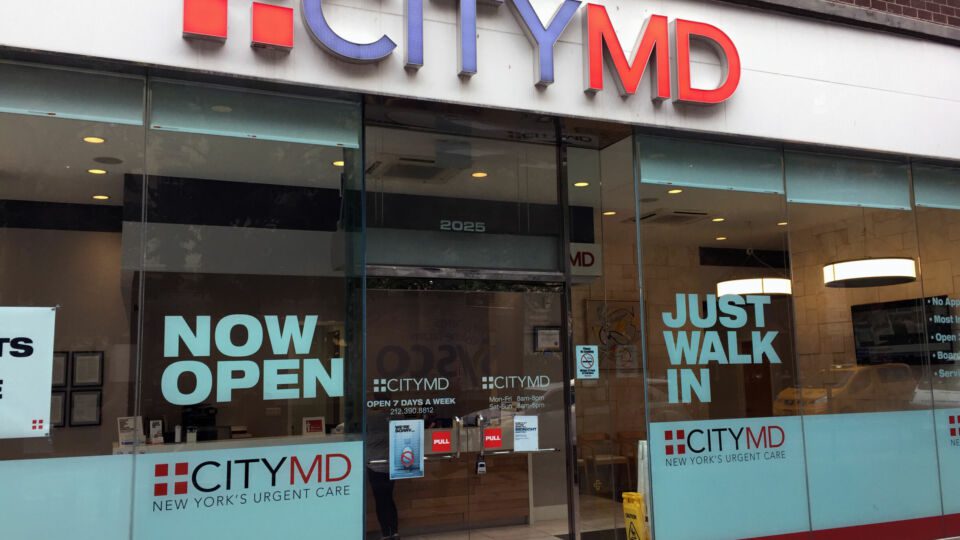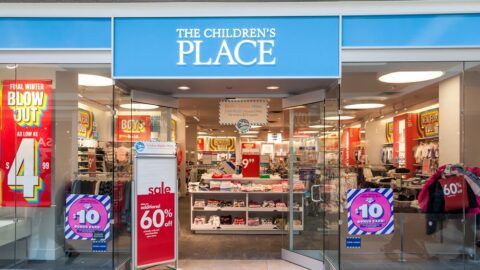With the acceleration and volatility of COVID-19, the wellness industry saw a surge in consumer demand and supplier activity. In particular, preventative wellness became more of a priority for the general public. As a result, “medtail” has burst into the mainstream as a new opportunity for private equity, commercial real estate and retail healthcare players.
Between July and November 2020, Tether Advisors surveyed qualified respondents within these organizations to assess the current state, and future prospects, of the industry, especially as retailers strive to solidify their stature in consumers’ daily lives. In an exclusive interview with Retail TouchPoints, Willie Hoag, Principal at Tether Advisors, provided deeper context into its 2021 Retail Healthcare Outlook report, and what these findings imply for all parties.
Key Takeaway #1: 76% of private equity, commercial real estate and retail healthcare respondents believe COVID-19 has positively impacted retail healthcare as an investment target.
The Tether Advisors report indicates that the medtail opportunity began well before the pandemic, as more consumers showed “more agency and engagement when it comes to their healthcare.”
When COVID-19 hit, however, it increased urgency for more accessible wellness and care options, which medtail is designed to address. Hoag believes that this urgency has created more demand for medtail, making it an extremely viable investment for private equity and commercial real estate firms.
“Our country spends more on healthcare than all other wealthy democracies in the world,” said Hoag. “Our system is inefficient and bureaucratic, and inertia is not an option anymore when pre-existing conditions and neglected morbidities have been jet fuel-like accelerants to the raging pandemic. The entrenched fee-for-service, reactive model is not keeping us well. And while we may not all buy our futon at IKEA, or our jacket at Burlington, we are all patients/caretakers/payers in the healthcare system.”
Key Takeaway #2: 79% of all respondents believe medtail investment will increase in the next year. Increased investment creates benefits for all parties.
When wellness is more readily available, it can create a ripple effect of benefits for landlords, investors and retail healthcare firms alike.
“Landlords looking to drive traffic into their centers with sustainable uses were facing a vacancy reckoning before COVID,” Hoag noted. “Taking a chance on well-founded healthcare tenants makes sense, as they vacate at a lesser rate than traditional restaurants and retail.”
Investors already have been capitalizing on the IPOs of disruptive primary care models from Oak Street Health and One Medical. However, the founders and team members from these healthcare firms have a “historic opportunity to emerge from the shadows of nondescript medical office buildings, or their digitally native home, and take advantage of high-profile, convenient brick-and-mortar space.
Key Takeaways #3: 51% of commercial real estate executives say the single greatest benefit of medtail is that it provides convenient access to everyday shopping. The booming medtail market will help close real estate “holes” left by brick-and-mortar retailers.
“There is almost universal acknowledgement that brick-and-mortar space has been overbuilt,” Hoag said. “What is less discussed is how it has been under-utilized by many of the legacy retailers that currently occupy those spaces.”
The report points to medtail’s growth as a great opportunity for developers and landlords to fill prime spots lefts by retailers, as they shutter stores or rethink formats to better reflect evolving consumer needs and behaviors. It states: “That’s a good thing for surviving retailers who will be less likely to be surrounded by empty storefronts, but it’s also good for commercial landlords and developers trying to find tenants in an economic downturn.”
Although there is an immediate need to fill vacant space, developers and landlords need to think strategically about the future of their spaces and the value they hope to create for visitors.
“When well-located, brick-and-mortar consumer space should seamlessly integrate into consumers’ lives and traffic patterns,” Hoag explained. “Or, these spaces should be surrounded by synergistic uses that can address multiple needs and wants in one trip. However, the opportunity and challenge for traditional and emerging retailers is to provide a unique experience that cannot be replicated online — but is complementary.”
Key Takeaways #4: 80% of private equity, commercial real estate and retail healthcare respondents believe an omnichannel approach is necessary for medtail. As a result, landlords will have to look holistically at the differentiators of different players to identify ideal tenants.
Consumers are thinking more critically about when, and why, they venture into brick-and-mortar locations, which has made telemedicine a crucial ingredient for medtail success. For landlords looking to fill vacancies, these virtual experiences, and their integration with physical ones, can help them determine which medtail players to invest in. “Scale and market share are two of the important facets to consider when investing in new medtail concepts,” Hoag explained. “And when you are a landlord, weighing your options to fill your vacancy between the proven franchisee restaurant against a Pediatric Urgent care, it is important to balance the quantitative balance sheet and EBITDA (Earnings Before Interest, Taxes, Depreciation, and Amortization) against the differentiation within that prospective tenant’s category.”
Hoag explained that the pediatric group could be pioneers within a specific niche, allowing it to establish a unique specialty with limited competition. And while a chain restaurant with many locations may be more well-known and recognizable, it also could have more direct competitors nearby, which ultimately makes the medtail tenant a safer bet.
Advertisement









